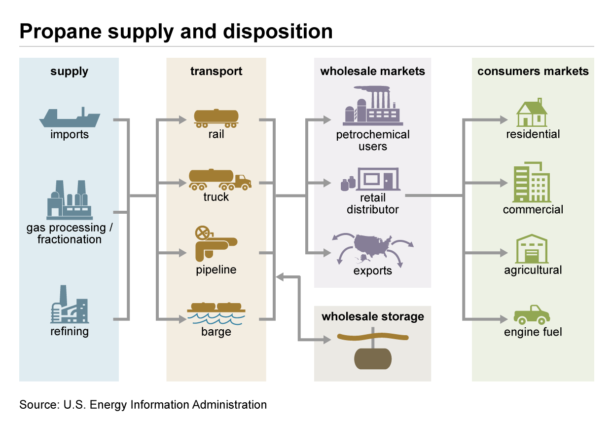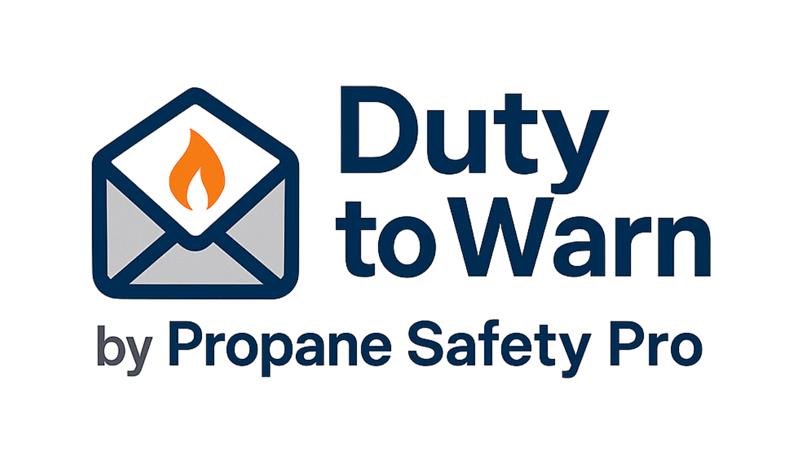Understanding Propane Production and Importation

Propane is a key player in the energy market. It is predominantly produced through natural gas processing and crude oil refining. This guide explains how propane is sourced and why it’s a critical energy component, especially in the United States.
Propane Production Processes
Propane production is a steady year-round process due to its derivation from natural gas processing and crude oil refining. The majority of propane in the U.S. is sourced from natural gas processing plants. Here, propane is extracted from a wet natural gas stream, which includes a mix of hydrocarbons like ethane, propane, and butanes extracted from natural gas and crude oil wells. This gas is cooled and pressurized during processing, causing heavier hydrocarbons to liquefy and separate from the methane-rich natural gas.
The liquefied hydrocarbons, collectively known as Y-grade, are then further refined. A fractionator distills these liquids into purity products, which are hydrocarbon gas liquids (HGLs) composed of at least 90% of one type of hydrocarbon.
Propane is also produced in oil refineries during the crude oil refining process. It starts in the atmospheric distillation column during initial crude oil distillation. More advanced refineries further produce propane through fluid catalytic cracking (FCC), where long-chain hydrocarbons are broken down under high heat and pressure into lighter, more valuable products like motor gasoline and, importantly, propane.
Importing Propane
Despite robust domestic production, the U.S. imports additional propane, mainly to meet increased demand during the autumn and winter for applications like farming and building heating. Most propane imports enter via rail from Canada, targeting primarily the Midwest, East Coast, and Rocky Mountain regions. During peak demand periods, especially in areas constrained by infrastructure limitations like New England or Hawaii, propane is imported by sea.
Impact on Propane Businesses
For propane businesses, understanding these supply chains is crucial. Knowing where and how propane is produced and imported helps companies to plan for seasonal fluctuations and pricing changes. The ability to anticipate these factors allows propane businesses to strategize purchases, optimize supply chains, and ensure consistent customer delivery, enhancing reliability and trust in their services. Moreover, businesses can leverage this knowledge to inform customers, helping them understand the reliability and sustainability of propane as an energy source. This can serve to positively drive business growth and customer satisfaction. By aligning their operations with propane production and import dynamics, businesses can better meet customer needs and capitalize on market opportunities for growth and expansion.














